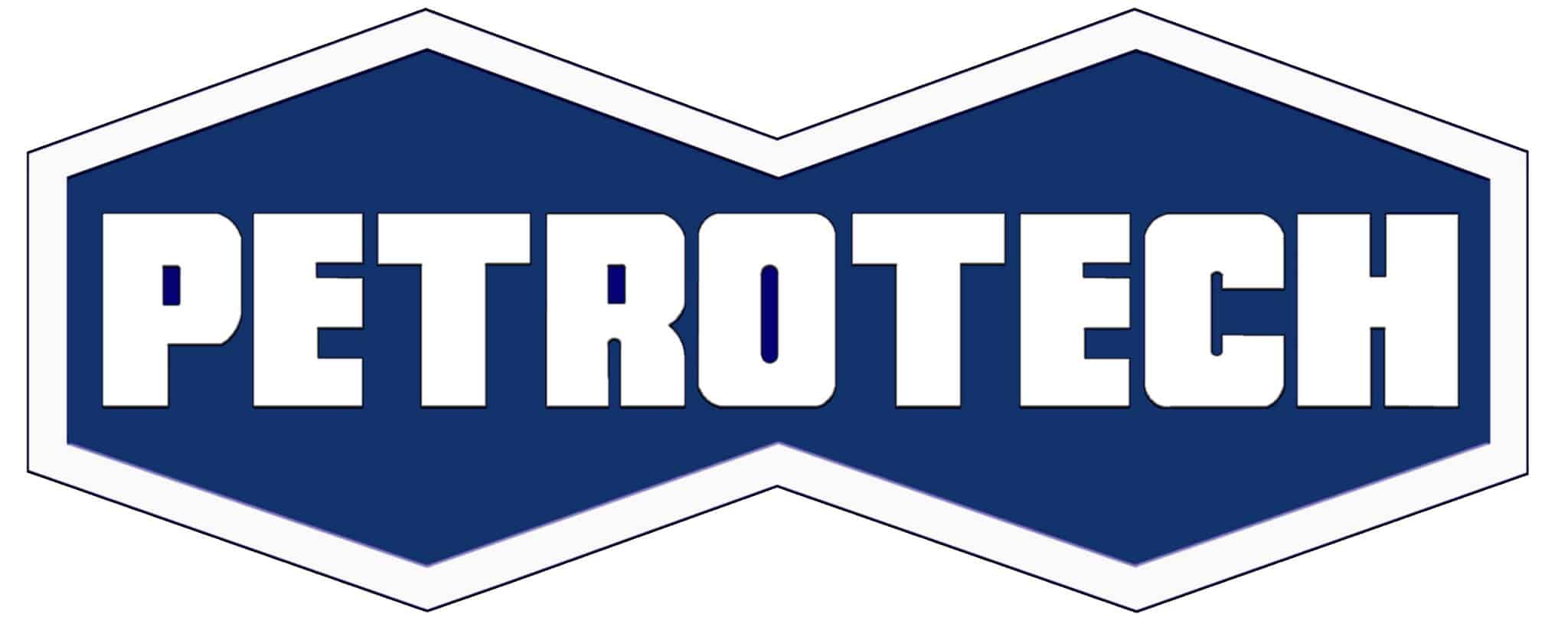
A Guide to Operating Efficiently With Steam Turbine Oil
In addition to being subject to tough environmental standards, tight budgets, and penalties for supply interruptions, today’s power companies must ensure efficient and reliable operations to keep up with high demand. This means that power-generating turbines often run under more intense conditions than ever, including 24/7 cycles and frequent stopping and starting. Modern steam turbine oils must be able to handle less downtime, higher loads and temperatures, and longer oil drain intervals if they are to be of any effective use. Here’s how steam turbine oils can be selected and used efficiently under demanding operational conditions.
